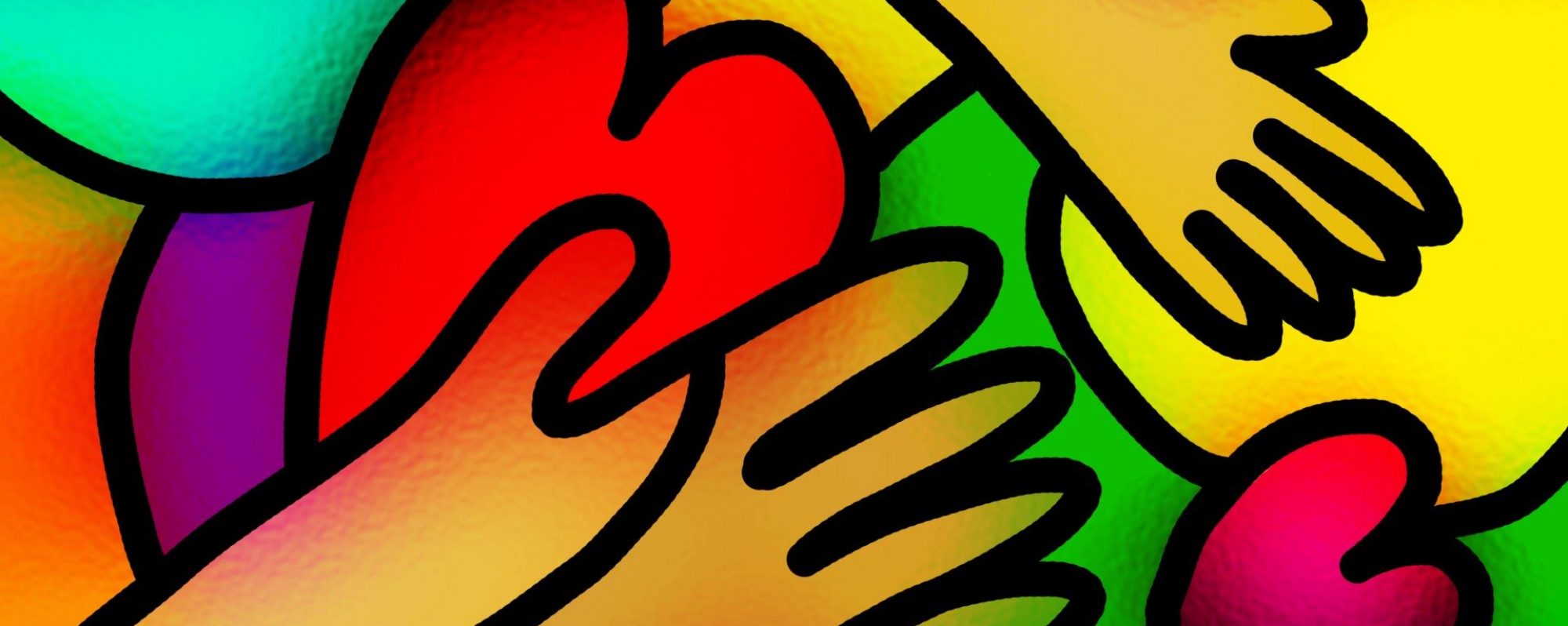What is art therapy? Art therapy is a mental health profession facilitated by an art therapist who uses the creative process to help people of all ages explore and find solutions for their concerns. People who find it difficult to describe or explain what is troubling them find art therapy particularly helpful because the process does not rely on talking to be beneficial. People express emotional content symbolically while using the materials and gain insights by reflecting on how and what they made. Therapeutic art making for individuals or groups offers opportunities for people to improve self-awareness, identify personal strengths, build resilience, explore thoughts and feelings, and resolve trauma.
Do I need to be an artist to participate in art therapy? You do not need art making experience to participate in and benefit from art therapy. An art therapist has expertise and knowledge of materials, activities, and therapeutic skills to ensure the process is accessible for people of all abilities and ages-from very young children to seniors-.
Who is an art therapist? Art therapists have completed two-year graduate- or postgraduate-level training that brings together creativity, human development, psychotherapy, ethics, and research. Admission to art therapy training requires a bachelor’s degree in human services, psychology, or fine art with a prerequisite number of psychology classes.
Why hire an art therapist? Art therapists have received specific training to deliver counselling services within the creative process for diverse populations. Professional and registered art therapists are required to have liability insurance and practice art therapy according to professional standards of practice. For more information visit the Canadian Art Therapy Association website.
How do you know if someone has the qualifications to be an art therapist? The letters following a person’s name identify them as having completed a recognized program e.g. DKATI (Kutenai Art Therapy Institute) DVATI (Vancouver Art Therapy Institute), DTATI (Toronto Art Therapy Institute), etc. Graduates from masters programs, such as Concordia University or Athabasca University have the designations MA or MC:AT. When an art therapist finishes the process of registration they are able to use the designation associated with their professional organization e.g. RCAT (Registered Canadian Art Therapist), BCATR (British Columbia Art Therapy Association), OATR (Ontario Art Therapy Association), etc.
Art therapy graduates can apply for professional registration through an art therapy organization (see below) after participating in at least 50 hours of clinical supervision for 1,000 client contact hours. Earning a registered Canadian art therapy designation (RCAT, BCATR, OATR, etc.) is one way an art therapist demonstrates continued growth and knowledge in their profession and a commitment to share their experience as a supervisor of other art therapists.
Visit the Find an Art Therapist page to find a list of art therapists practicing in Saskatchewan.
Canadian Art Therapy Professional Organizations:
- Canadian Art Therapy Association
- Ontario Art Therapy Association
- British Columbia Art Therapy Association
- Quebec’s Art Therapy Association
Canadian Art Therapy Programs:
- St. Stephen’s College, Alberta
- Adler University, British Columbia
- Canadian International Institute of Art Therapy, British Columbia
- Kutenai Art Therapy Institute, British Columbia
- Vancouver Art Therapy Institute, British Columbia
- WHEAT-Winnipeg Holistic Expressive Arts Therapy Institute, Manitoba
- Toronto Art Therapy Institute, Ontario
- Concordia Creative Arts Therapies, Quebec
- University of Quebec Art Therapy, Quebec
